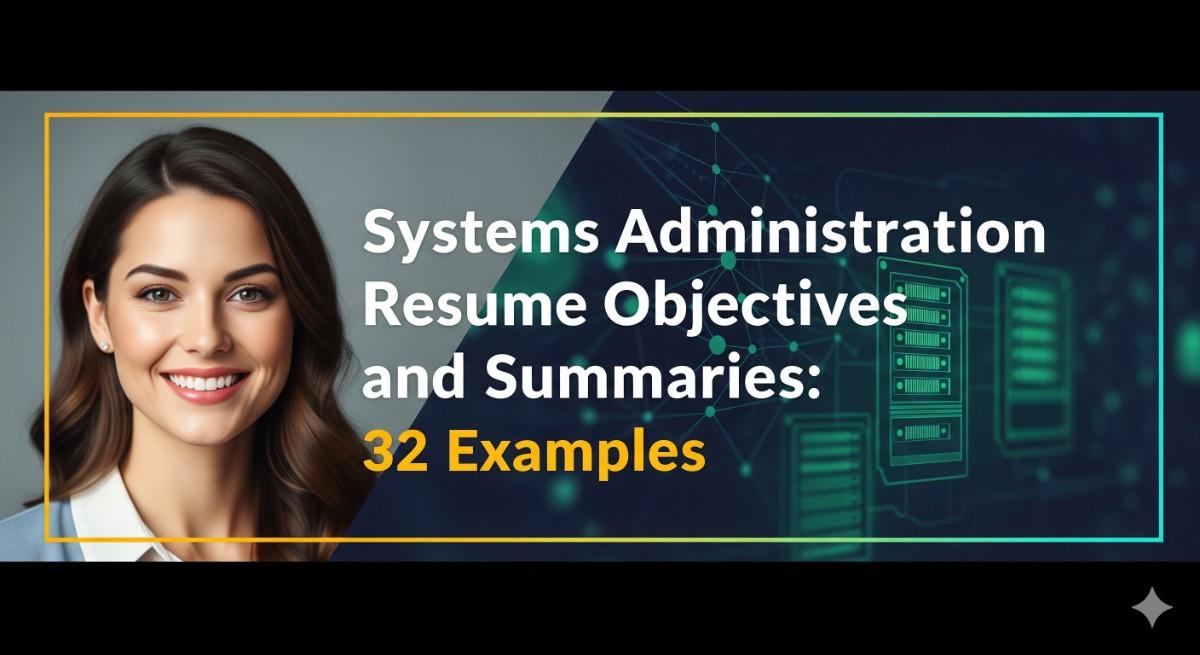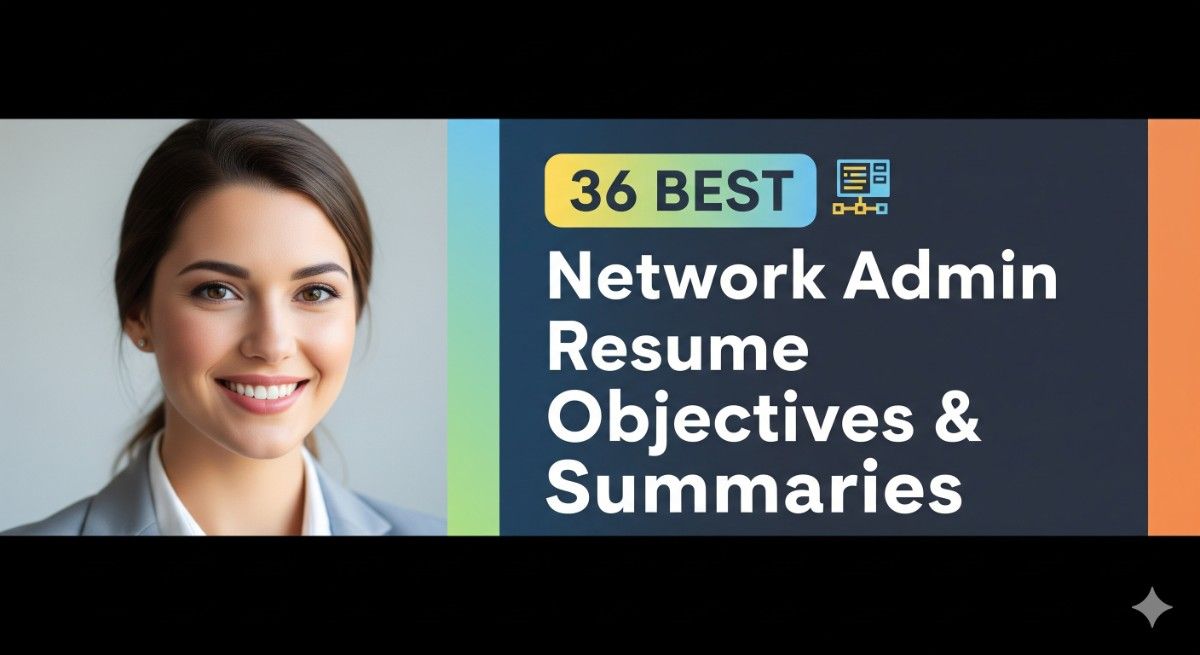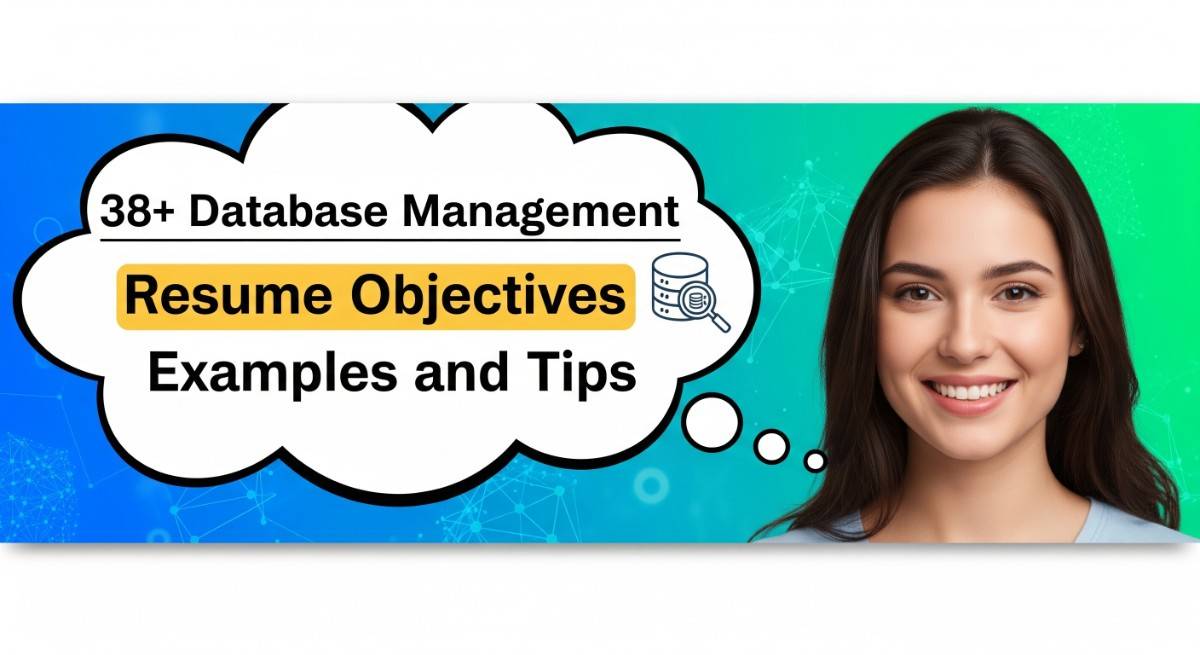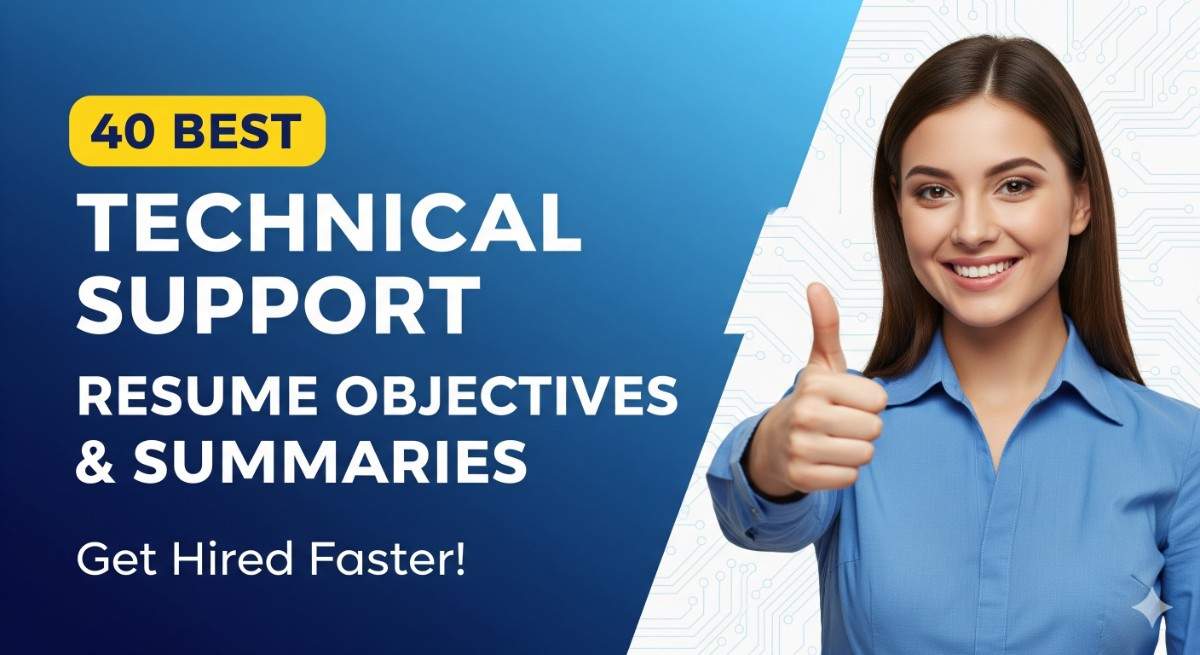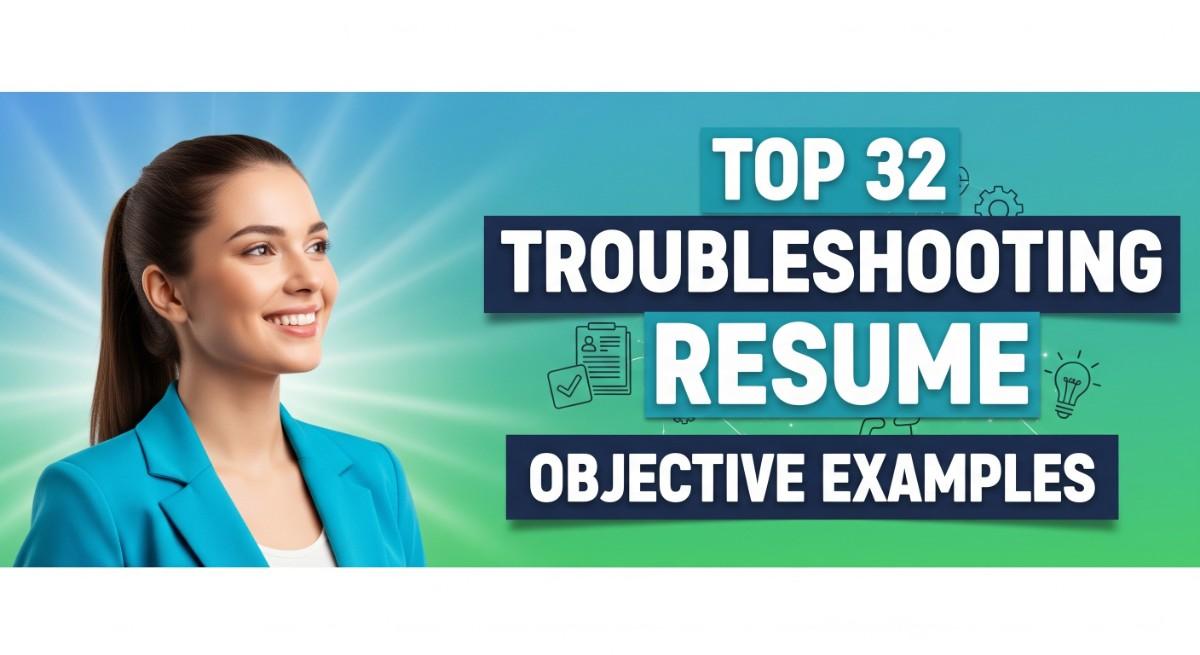
30 Best medical assistant Resume Objectives and Summaries for 2025
In the competitive field of medical assistance, a well-crafted resume objective or summary serves as a critical first impression that can significantly influence hiring managers. These opening statements encapsulate a candidate’s career aspirations, relevant skills, and unique attributes, providing a snapshot of what they bring to the table. For medical assistants, where attention to detail, patient care, and clinical expertise are paramount, a compelling objective or summary can effectively highlight their qualifications and passion for healthcare. By articulating their experience and achievements in a concise manner, candidates can differentiate themselves from the pool of applicants, increasing their chances of landing interviews and ultimately securing positions in a rewarding profession.
- medical assistant Resume Objectives
- medical assistant Resume Summaries
- How to Write Compelling medical assistant Resume Objectives and Summaries
- Key Takeaways for medical assistant Resume Objectives and Summaries
- Frequently Asked Questions
- What is the ideal length for a medical assistant resume objective or summary?
- How can I customize my resume objective or summary for different jobs?
- What keywords should I include in my medical assistant resume objective or summary?
- How effective are resume objectives and summaries in capturing employer attention?
Explore professional resume examples to understand what makes an effective opening statement.
medical assistant Resume Objectives
Choose from these medical assistant resume objectives and customize them for your specific situation:
Enthusiastic recent graduate with a diploma in medical assisting, seeking to leverage strong patient care and administrative skills in a busy healthcare environment. Eager to contribute to a healthcare team that prioritizes compassionate care and efficient service delivery while expanding my clinical knowledge and capabilities.
Detail-oriented and compassionate medical assistant with over three years of experience in fast-paced clinical settings. Aiming to enhance patient experience and support a dynamic healthcare team by utilizing my skills in electronic health records management, patient scheduling, and effective communication to improve clinic operations.
Build your resume in just 5 minutes with AI.
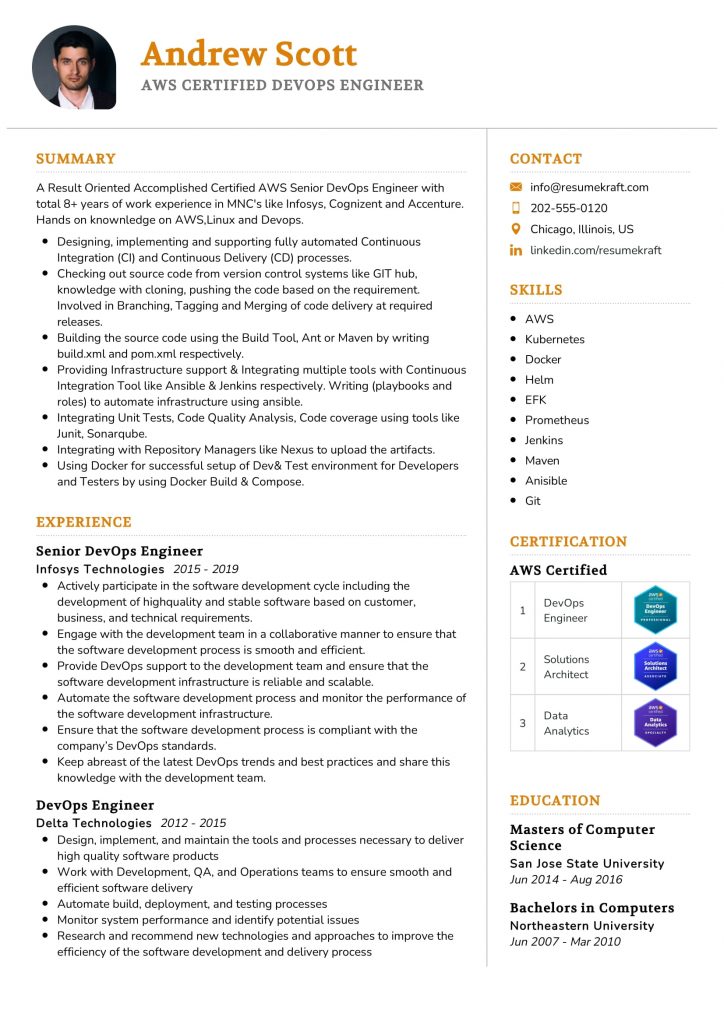
Dedicated medical assistant with a proven track record of enhancing patient satisfaction scores by over 20% in my previous role. Looking to bring my expertise in vital sign assessment, lab procedures, and patient education to a reputable healthcare facility, ensuring high-quality care and patient-centered services.
Motivated professional transitioning from administrative support to a medical assistant role, bringing strong organizational skills and a commitment to patient care. Eager to apply my experience in managing schedules and providing excellent customer service to improve clinic efficiency and patient experiences in a medical environment.
Compassionate medical assistant with a background in pediatrics and experience in working with diverse populations. Seeking to join a collaborative healthcare team where I can apply my skills in patient interaction, clinical procedures, and health data management to contribute to exceptional patient outcomes.
Ambitious entry-level medical assistant with a strong foundation in anatomy and physiology, seeking to deliver high-quality patient care in a community health setting. Excited to utilize my internship experience in performing clinical tasks and assisting healthcare providers in delivering comprehensive patient support.
Driven medical assistant with five years of experience in a multi-specialty practice, seeking to leverage my skills in patient triage, medical billing, and electronic health records. Aiming to contribute to a progressive healthcare team focused on improving patient health and operational efficiency.
Returning to the workforce as a medical assistant after a career break, with a commitment to providing exceptional patient care and support. Eager to utilize my interpersonal skills and previous healthcare experience to create a welcoming environment for patients and assist in their treatment journeys.
Detail-oriented and certified medical assistant with two years of experience in outpatient settings, focusing on efficient practice management and patient education. Seeking to join a healthcare organization where I can further develop my skills in clinical procedures and patient care coordination for optimal patient outcomes.
Results-driven medical assistant with a specialty in geriatrics, seeking a position in a senior care facility where I can apply my extensive knowledge of patient care and medication management. Passionate about improving the quality of life for elderly patients while collaborating with healthcare professionals for comprehensive service delivery.
Compassionate and skilled medical assistant with one year of experience in a high-volume clinic, adept at performing clinical assessments and supporting physicians in patient care. Eager to join a dedicated healthcare team to enhance my clinical skills and contribute positively to patient health and clinic efficiency.
Proactive and organized medical assistant with a knack for managing administrative tasks alongside hands-on patient care. Seeking a role in a busy surgical environment where my skills in patient preparation, surgical assistance, and post-operative care can support surgical teams and enhance patient recovery processes.
Experienced medical assistant with a focus on mental health care, looking to contribute to a facility dedicated to holistic patient wellness. Committed to using my skills in patient counseling, intake assessments, and care coordination to foster a supportive environment for individuals seeking mental health services.
Certified medical assistant with extensive training in phlebotomy and laboratory procedures, seeking to enhance patient care quality at a leading healthcare organization. Passionate about using my technical skills and attention to detail to support diagnostic accuracy and patient education in a clinical setting.
medical assistant Resume Summaries
Select from these professional medical assistant resume summaries and adapt them to highlight your unique qualifications:
Results-driven Medical Assistant with over 5 years of experience in a fast-paced surgical clinic. Proficient in preparing patients for procedures, managing patient records, and assisting during surgeries. Recognized for enhancing efficiency by implementing a new electronic health records system, reducing patient wait times by 30%. A compassionate communicator committed to delivering high-quality patient care and ensuring a smooth office workflow.
Detail-oriented Medical Assistant with 3 years of experience in a busy family practice. Skilled in taking vital signs, performing lab tests, and administering vaccinations. Known for exceptional organizational skills, having successfully streamlined the appointment scheduling process, which improved patient follow-up rates by 25%. Eager to leverage strong interpersonal skills to contribute to a dedicated healthcare team.
Compassionate and motivated Medical Assistant with 2 years of experience in pediatrics. Expertise in engaging with children and parents to ensure comfort and understanding during medical procedures. Played a key role in reducing patient anxiety levels, resulting in a 20% increase in patient satisfaction scores. Dedicated to fostering a supportive environment for young patients and their families.
Experienced Medical Assistant with 7 years in an internal medicine clinic, adept at managing both clinical and administrative tasks. Responsible for overseeing a team of 4 junior assistants, enhancing workflow efficiency and patient care standards. Achieved a 15% increase in patient retention through exceptional service and follow-up care. Committed to building strong relationships with patients to promote their health and wellness.
Certified Medical Assistant with a focus on geriatric care, bringing 4 years of experience in a long-term care facility. Expertise in medication administration, wound care, and patient education tailored to the needs of elderly patients. Spearheaded an initiative to improve medication adherence, resulting in a 35% reduction in medication errors. Passionate about delivering compassionate and respectful care to senior patients.
Dynamic Medical Assistant with over 8 years of experience in emergency medicine. Highly skilled in triaging patients, administering emergency care, and performing EKGs and phlebotomy. Recognized for maintaining composure and efficiency in high-pressure situations, contributing to expedited patient care. Seeking to bring expertise in acute care settings to a new team dedicated to delivering exceptional patient outcomes.
Proactive Medical Assistant with 5 years of experience in a dermatology practice, specializing in skin assessments and minor surgical procedures. Notable for developing a patient education program that increased engagement in skincare routines, resulting in a 40% improvement in treatment adherence. Strong background in managing complex patient histories and providing empathetic patient support.
Enthusiastic Medical Assistant with a focus on women’s health, possessing 3 years of experience in an OB/GYN clinic. Adept at conducting routine screenings and educating patients about reproductive health options. Contributed to a 30% increase in patient referrals by fostering trust and rapport with clients. Committed to advocating for women’s health issues and providing comprehensive care.
Compassionate and efficient Medical Assistant with a strong background in outpatient oncology. With 4 years of experience managing treatment schedules and assisting with chemotherapy administration, improved patient follow-up compliance by 50%. Known for empathetic communication and collaboration with multidisciplinary teams to enhance patient care and support systems.
Dedicated Medical Assistant with a robust background in sports medicine, possessing 6 years of experience working alongside athletic trainers and physicians. Skilled in injury assessment, rehabilitation exercises, and patient education. Implemented a follow-up protocol that improved recovery times for athletes by 30%. Passionate about promoting health and wellness in active communities.
Versatile Medical Assistant with 2 years of experience in a multi-specialty clinic, offering strong administrative and clinical support. Well-versed in using EMR systems and managing patient records, contributing to a 20% reduction in documentation errors. Energetic team player eager to further develop skills in a challenging medical environment while providing high-quality patient care.

Build your resume in 5 minutes
Our resume builder is easy to use and will help you create a resume that is ATS-friendly and will stand out from the crowd.
Ambitious Medical Assistant with 3 years of experience in a fast-paced urgent care setting. Expert in performing diagnostic tests, assisting with minor procedures, and ensuring patient comfort. Recognized for reducing patient wait times by implementing an efficient triage system, resulting in a 15% increase in patient throughput. Driven to provide timely and effective medical assistance to a diverse patient population.
Detail-oriented Medical Assistant with a focus on rehabilitation services, bringing 5 years of experience in physical therapy clinics. Proficient in assisting with therapeutic exercises and patient documentation, while enhancing patient engagement in recovery plans. Successfully improved patient compliance with exercise regimens, leading to a 25% increase in positive rehabilitation outcomes. Passionate about empowering patients to achieve their physical health goals.
Experienced Medical Assistant with a diverse background in cardiology, having worked in both inpatient and outpatient settings for over 6 years. Skilled in performing ECGs and patient education on heart health, contributing to a 40% increase in patient adherence to follow-up appointments. Committed to ensuring the best possible cardiac care through effective communication and thorough patient assessments.
How to Write Compelling medical assistant Resume Objectives and Summaries
- Use industry-specific keywords from the job description, such as “patient care,” “vital signs,” and “EMR systems,” to ensure your resume passes through applicant tracking systems (ATS) effectively. Study professional resume examples for inspiration
- Quantify your achievements by including metrics, such as “assisted in managing a patient load of 30+ daily,” to demonstrate your ability to handle responsibilities and contribute to the practice’s efficiency.
- Tailor your resume objective or summary for each application, highlighting relevant skills and experiences, such as phlebotomy or patient scheduling, to align with the specific requirements of the medical assistant role.
- Avoid vague phrases like “hardworking” or “team player”—instead, use specific examples, such as “collaborated with a multidisciplinary team to enhance patient care services,” to convey your contributions more effectively.
- Incorporate a strong action verb at the beginning of your objective or summary, such as “Streamlined” or “Facilitated,” to create a dynamic impression and grab the hiring manager’s attention immediately.
- Leverage AI resume builders to enhance your objective and summary, ensuring the language is polished and professional while still conveying your unique experiences in the medical field.
- Review sample resumes for medical assistants to understand effective phrasing and structure, drawing inspiration from their objectives and summaries to craft your own distinctive narrative.
- Remember to proofread your objective and summary to avoid common mistakes like spelling errors or grammatical issues, as a polished presentation is crucial in the healthcare industry where attention to detail is paramount.
Key Takeaways for medical assistant Resume Objectives and Summaries
- Highlight relevant certifications and training, such as CMA or RMA, to immediately demonstrate your qualifications and compliance with industry standards expected by employers.
- Emphasize your hands-on experience in clinical settings, showcasing specific procedures you are proficient in, like phlebotomy or administering injections, to illustrate your practical skills.
- Use quantifiable achievements to illustrate your impact, such as “reduced patient wait times by 20%,” which shows your ability to enhance efficiency and patient satisfaction.
- Tailor each objective or summary to the specific job description, incorporating keywords that reflect the skills and competencies the employer values most, ensuring your application stands out.
- Convey your passion for patient care and teamwork, as these qualities are essential in a medical assistant role, helping to establish a connection with hiring managers. Consider using an AI resume builder for optimization
Frequently Asked Questions
What is the ideal length for a medical assistant resume objective or summary?
A medical assistant resume objective or summary should ideally be 2-4 sentences long. This concise length allows you to communicate your career goals and key qualifications without overwhelming the reader. Focus on including specific skills and experiences relevant to the medical field. If using an AI resume builder, it can help streamline this process by suggesting impactful phrases that fit within the ideal length.
How can I customize my resume objective or summary for different jobs?
Customization is key in making your resume stand out. Tailor your objective or summary by incorporating keywords from the job description, specific to the medical assistant role. Highlight experiences that align with the employer’s needs, and consider using cover letter templates to guide your approach in articulating how your background matches the position. This demonstrates your genuine interest and understanding of the job requirements.
What keywords should I include in my medical assistant resume objective or summary?
In your medical assistant resume objective or summary, include keywords such as “patient care,” “clinical skills,” “EMR proficiency,” and “team collaboration.” These terms resonate with hiring managers and applicant tracking systems that scan for relevant qualifications. Researching common industry terminology can enhance your visibility. An AI resume builder might also suggest valuable keywords tailored to the specific medical assistant positions you are targeting. Use resume synonyms to enhance your word variety.
How effective are resume objectives and summaries in capturing employer attention?
Resume objectives and summaries can significantly enhance your resume’s effectiveness by providing a snapshot of your qualifications and career intentions. A well-crafted objective conveys enthusiasm and direction, while a summary highlights your experience and achievements. Both elements can differentiate you from other candidates. When using tools like AI resume builders, ensure that these sections are tailored and compelling to maximize your chances of catching an employer’s attention.



